Entry Category: Military Science
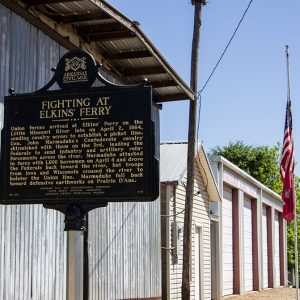 Elkin's (or Elkins') Ferry Sign
Elkin's (or Elkins') Ferry Sign
Elkin’s Ferry, Engagement at
aka: Battle of Okolona
Ellis, William
 William Ellis
William Ellis
 William Ellis Plaque
William Ellis Plaque
Elm Springs, Skirmishes near
 Empress Attack Article
Empress Attack Article
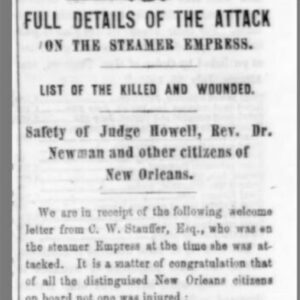 Empress Attack Article
Empress Attack Article
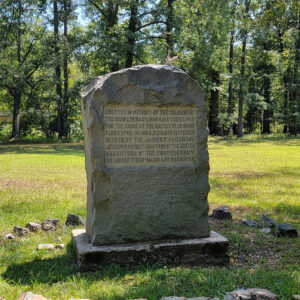 Engagement at Jenkins' Ferry Monument
Engagement at Jenkins' Ferry Monument
Eudora Church, Skirmish at
 Eugene J. Towbin Healthcare Center
Eugene J. Towbin Healthcare Center
Eunice Expedition
 Eureka Springs War Memorial
Eureka Springs War Memorial
Factor, Pompey
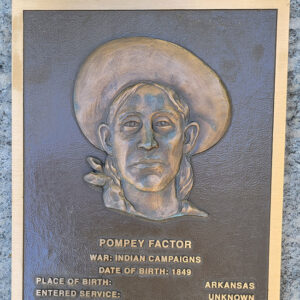 Pompey Factor Plaque
Pompey Factor Plaque
Fagan, James Fleming
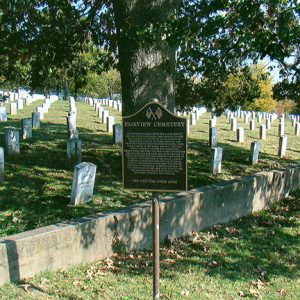 Fairview Cemetery
Fairview Cemetery
Fairview Cemetery—Confederate Section
Fairview, Skirmish at
Farr’s Mill, Skirmish at
 Faulkner County Veterans Monument
Faulkner County Veterans Monument
Fayetteville and Cane Hill, Skirmish between (November 9, 1862)
aka: Skirmish at Cane Hill (November 9, 1862)
aka: Skirmish at Fayetteville (November 9, 1862)
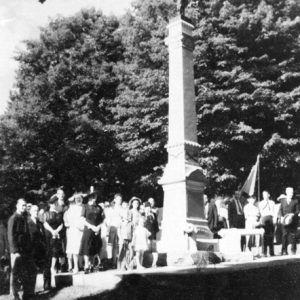 Fayetteville Confederate Cemetery
Fayetteville Confederate Cemetery
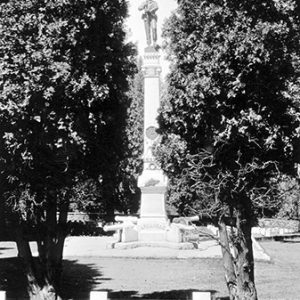 Fayetteville Confederate Cemetery
Fayetteville Confederate Cemetery
Fayetteville Confederate Cemetery
Fayetteville National Cemetery
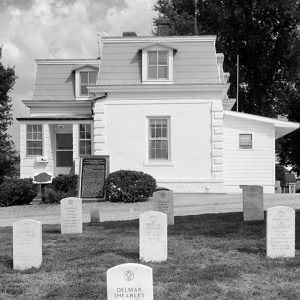 Fayetteville National Cemetery
Fayetteville National Cemetery
Fayetteville to Huntsville, Expedition from
Fayetteville to Van Buren, Scout from
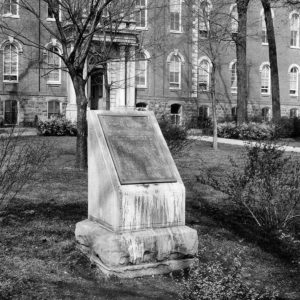 Fayetteville WWI Memorial
Fayetteville WWI Memorial
Fayetteville, Action at (April 18, 1863)
Fayetteville, Action near (July 15, 1862)
Fayetteville, Affair at
Fayetteville, Occupation of (February 23–26, 1862)
Fayetteville, Operations around (October 25–November 4, 1864)
Fayetteville, Scouts from
Fayetteville, Skirmish at (August 23, 1863)
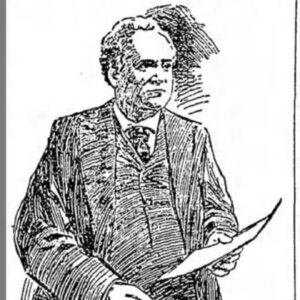 John R. Fellows Death Article
John R. Fellows Death Article
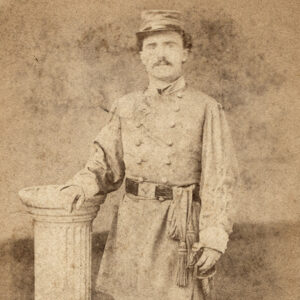 John R. Fellows
John R. Fellows




